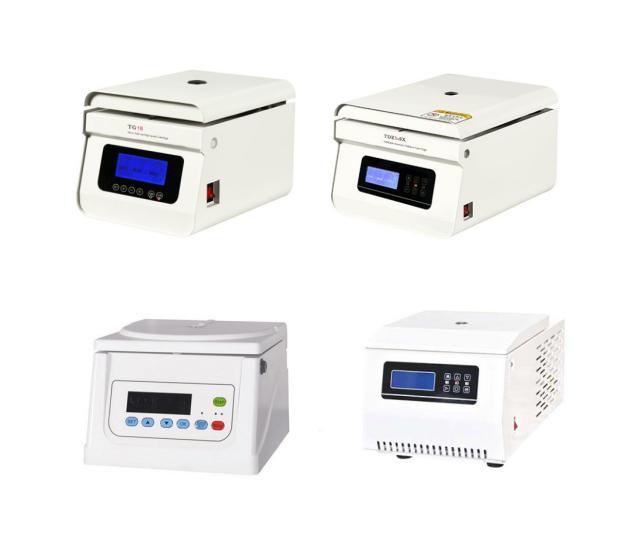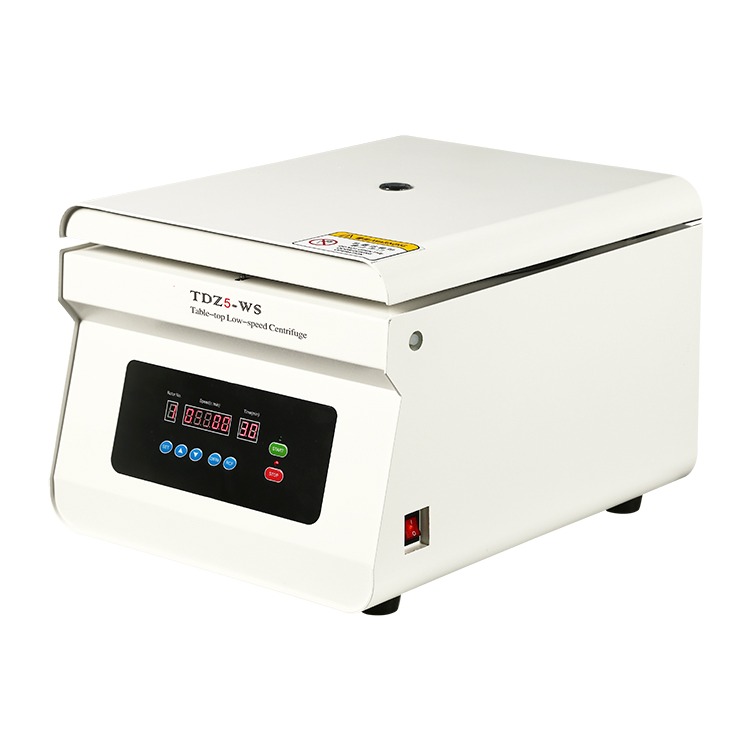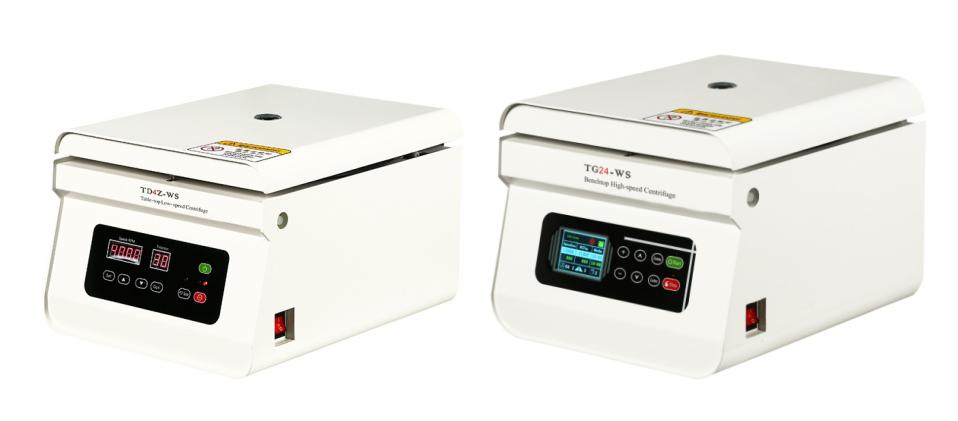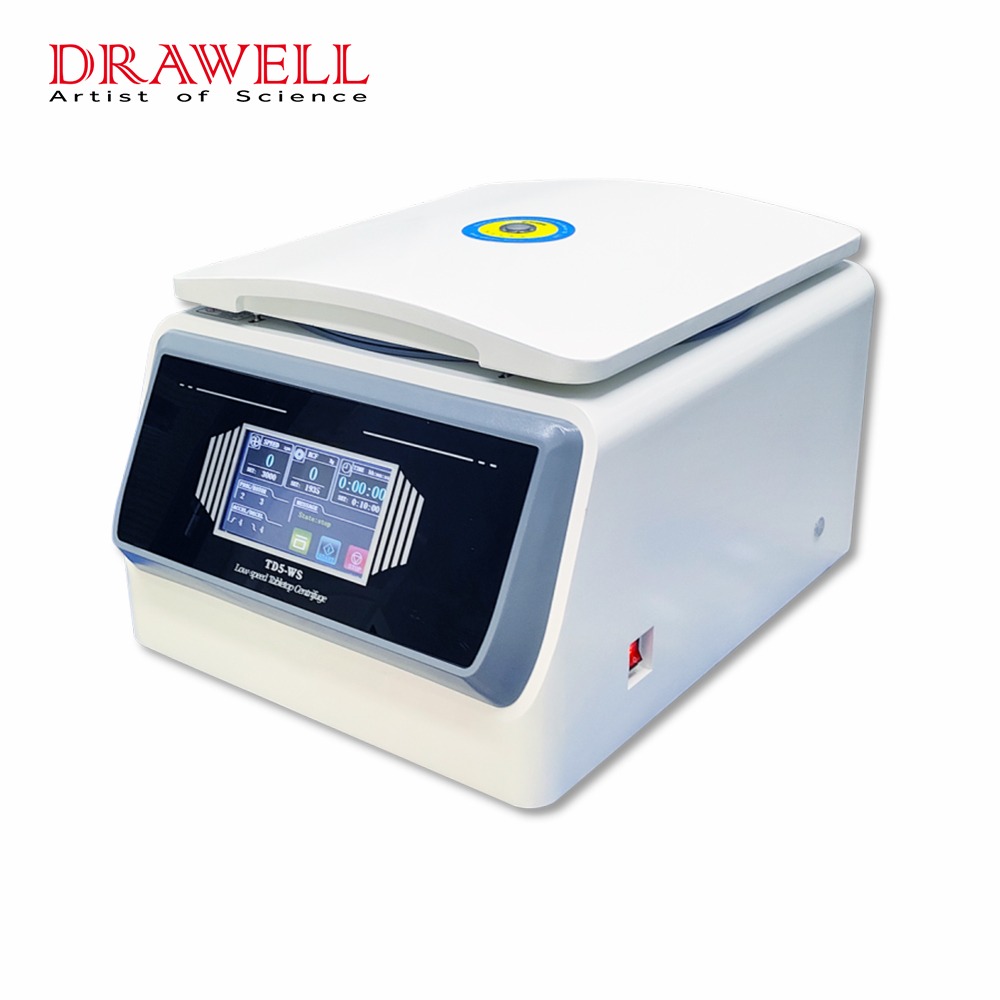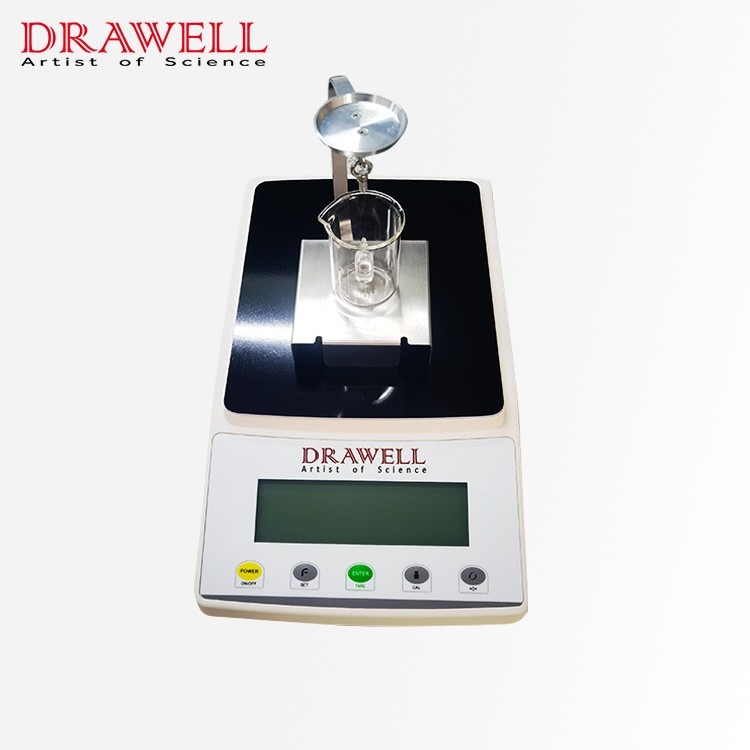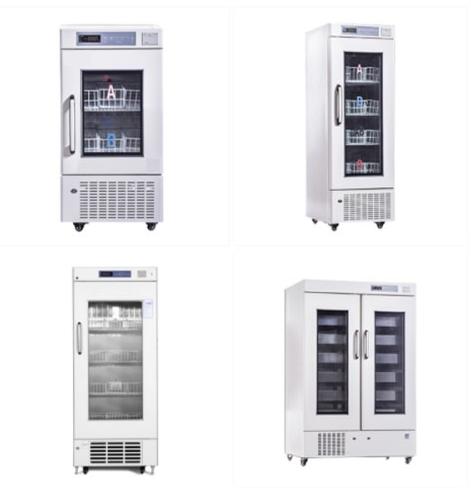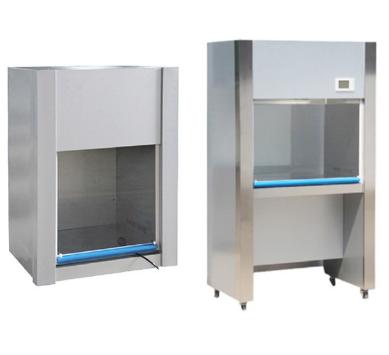News
Temperature Stability and Control in Refrigerated Centrifuges
Refrigerated centrifuges facilitate the separation of mixtures based on density while maintaining low temperatures to preserve the integrity of temperature-sensitive samples. The precise control and stability of temperature within these centrifuges are crucial for ensuring the accuracy and reproducibility of experimental results. This article explores the importance of temperature stability and control in refrigerated centrifuges, the challenges…
Things You Should Know About Centrifuge Used in Microbiology Lab
Centrifugation is a fundamental technique in microbiology labs, playing a crucial role in the separation and analysis of various biological samples. Whether it’s for cell culture, DNA extraction, or protein purification, centrifuges are indispensable tools that enable precise and efficient workflows. This article provides an overview of the types, applications, and safety considerations of using centrifuges…
How to Maximize Sample Throughput in Floor Centrifuges
Floor centrifuges are essential tools in laboratories, widely used for applications ranging from cellular component separation to nucleic acid purification. Their ability to process large volumes quickly and efficiently makes them invaluable in both research and clinical settings. However, to fully exploit the capabilities of a floor centrifuge, maximizing sample throughput is crucial. This article explores key strategies for…
Comparison of Low-Speed Centrifuges and High-Speed Centrifuges
Centrifuges are indispensable tools in laboratories and industries for separating components of a mixture based on their density by spinning samples at high speeds. The two primary categories are low-speed centrifuges and high-speed centrifuges, each tailored to different applications and offering unique advantages and limitations. This article compares these two types of centrifuges, focusing on their applications,…
Advancements in Portable Biochemistry Analyzers: Contributing to Rapid Diagnostics
The field of portable biochemistry analyzers has seen transformative advancements over recent years, driven by technological innovation and a growing demand for rapid, accurate biochemical analysis in various settings. These compact, mobile biochemistry analyzers are now at the forefront of efforts to improve healthcare delivery, environmental monitoring, and food safety, among other applications. This article explores the…
Comparative Analysis of Low Speed and High Speed Centrifuge
Centrifugation is a critical process used in laboratories and industries to separate components of a mixture based on their densities. By applying centrifugal force, particles are separated from solutions or liquids. Centrifuges come in various types, with low speed and high speed centrifuges being two primary categories. Understanding the differences, advantages, and disadvantages of these centrifuges is…
How to Operate a Low Speed Centrifuge Safely
Centrifuges are essential tools in many laboratories, used for separating components of a mixture based on density. Among these, low speed centrifuges are commonly used for tasks such as cell culture separation and blood sample processing. However, operating a centrifuge, even at low speeds, requires strict adherence to safety protocols to prevent accidents and ensure accurate results….
Best Practices for Calibration and Standardization in Density Balances
Accurate density measurements are critical in various fields such as chemistry, material science, quality control, and manufacturing. To ensure the precision and reliability of these measurements, proper calibration and standardization practices must be adhered to. This article explores the essential practices for calibrating and standardizing density balances, ensuring the highest standards of measurement are met. Understanding Density…
How to Maintain Temperature Stability and Uniformity in Laboratory Refrigerators?
Maintaining precise temperature control in laboratory refrigerators is crucial for the preservation of sensitive samples, reagents, and pharmaceuticals. Two critical parameters that define the efficiency and reliability of these refrigerators are temperature stability and temperature uniformity. Understanding and optimizing these aspects ensures the integrity and viability of stored materials. What are Temperature Stability and Uniformity in Laboratory Refrigerators?…
Essential Types of Lab Furniture for a Functional Laboratory
Equipping a laboratory goes beyond just the beakers and test tubes. Functional lab furniture is critical in ensuring a safe, efficient, and well-organized workspace for scientific research and experimentation. Choosing the right furniture creates a platform for productivity and minimizes potential hazards. This article will explore the essential types of lab furniture based on their…



